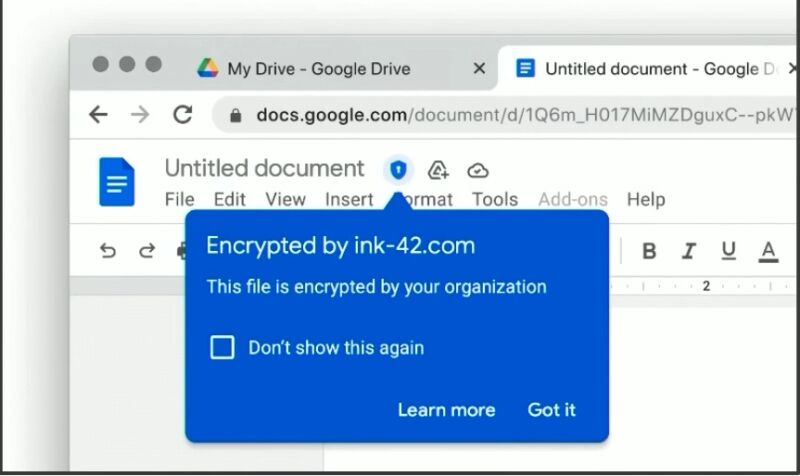-
 chevron_right
chevron_right
ChatGPT and Whisper APIs debut, allowing devs to integrate them into apps
news.movim.eu / ArsTechnica • 1 March, 2023

Enlarge (credit: OpenAI)
On Wednesday, OpenAI announced the availability of developer APIs for its popular ChatGPT and Whisper AI models that will let developers integrate them into their apps. An API (application programming interface) is a set of protocols that allows different computer programs to communicate with each other. In this case, app developers can extend their apps' abilities with OpenAI technology for an ongoing fee based on usage.
Introduced in late November, ChatGPT generates coherent text in many styles. Whisper , a speech-to-text model that launched in September, can transcribe spoken audio into text.
In particular, demand for a ChatGPT API has been huge, which led to the creation of an unauthorized API late last year that violated OpenAI's terms of service. Now, OpenAI has introduced its own API offering to meet the demand. Compute for the APIs will happen off-device and in the cloud.









